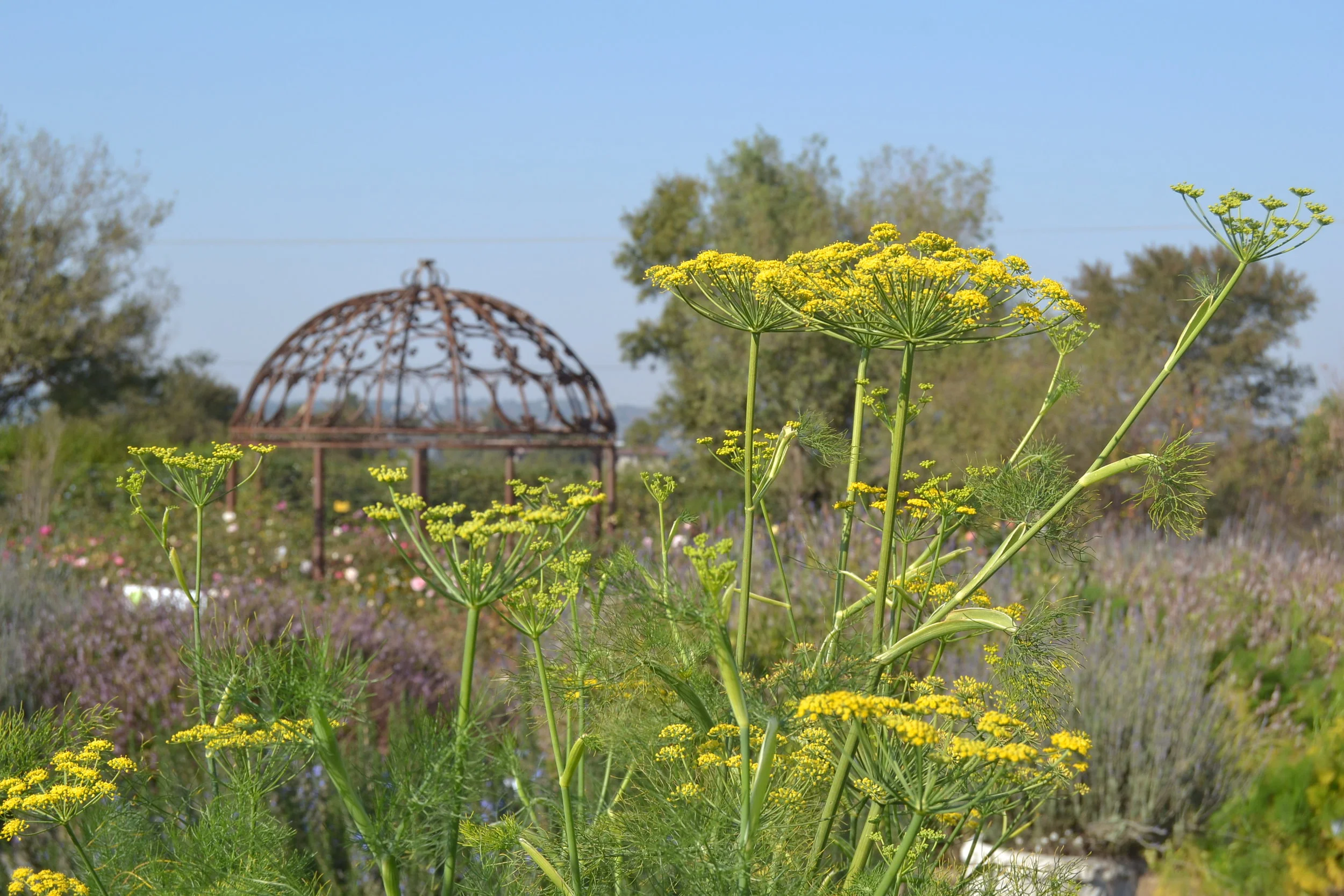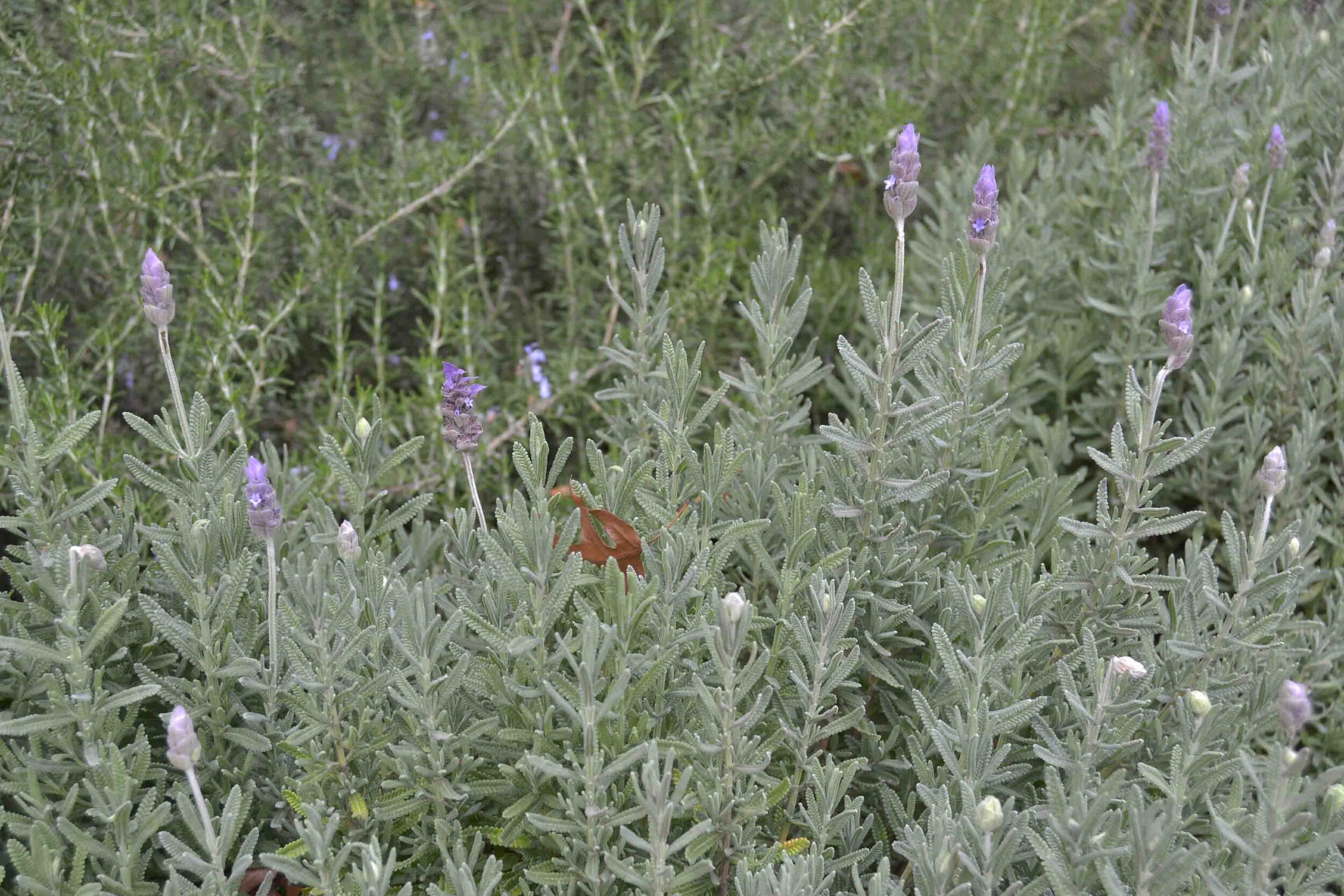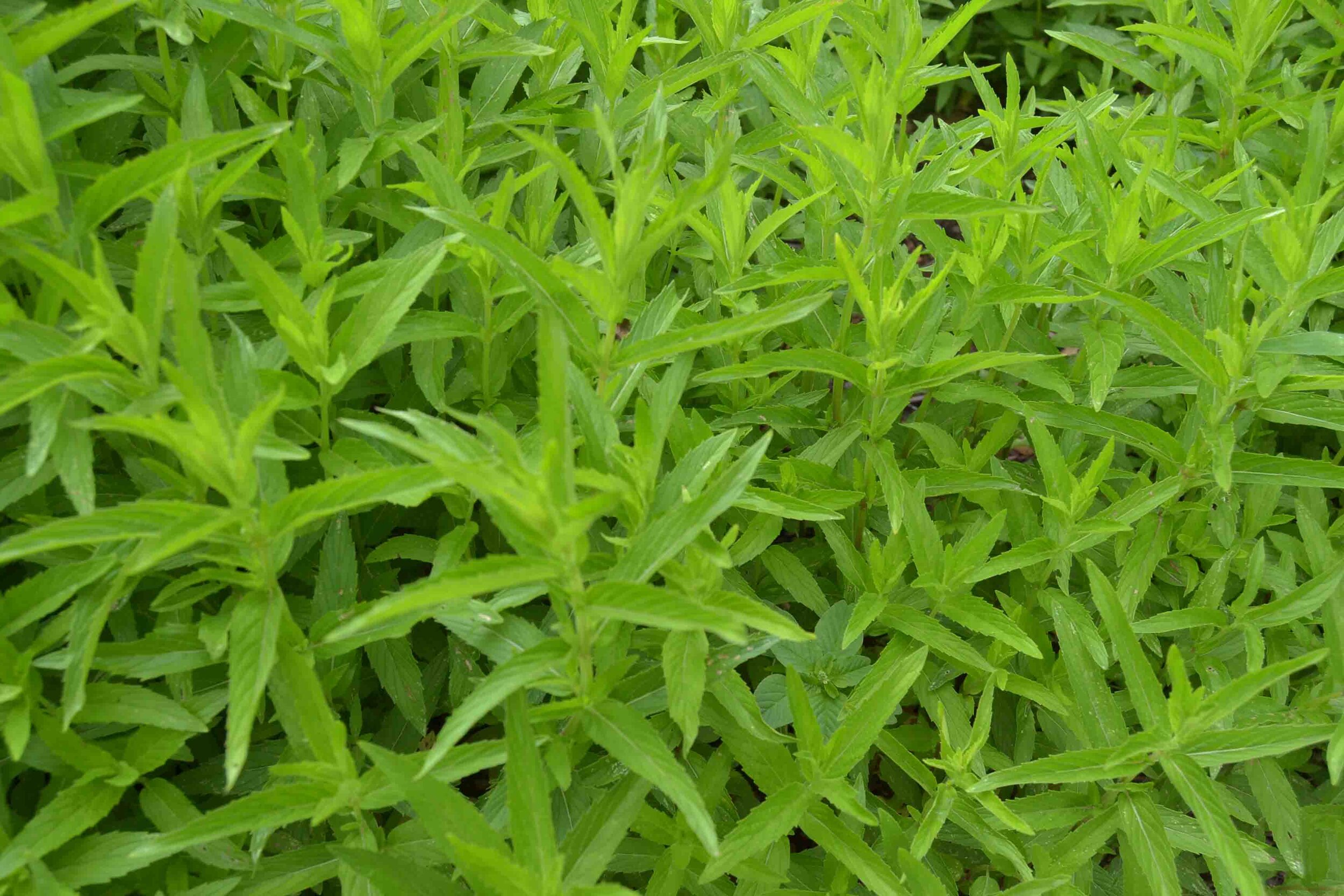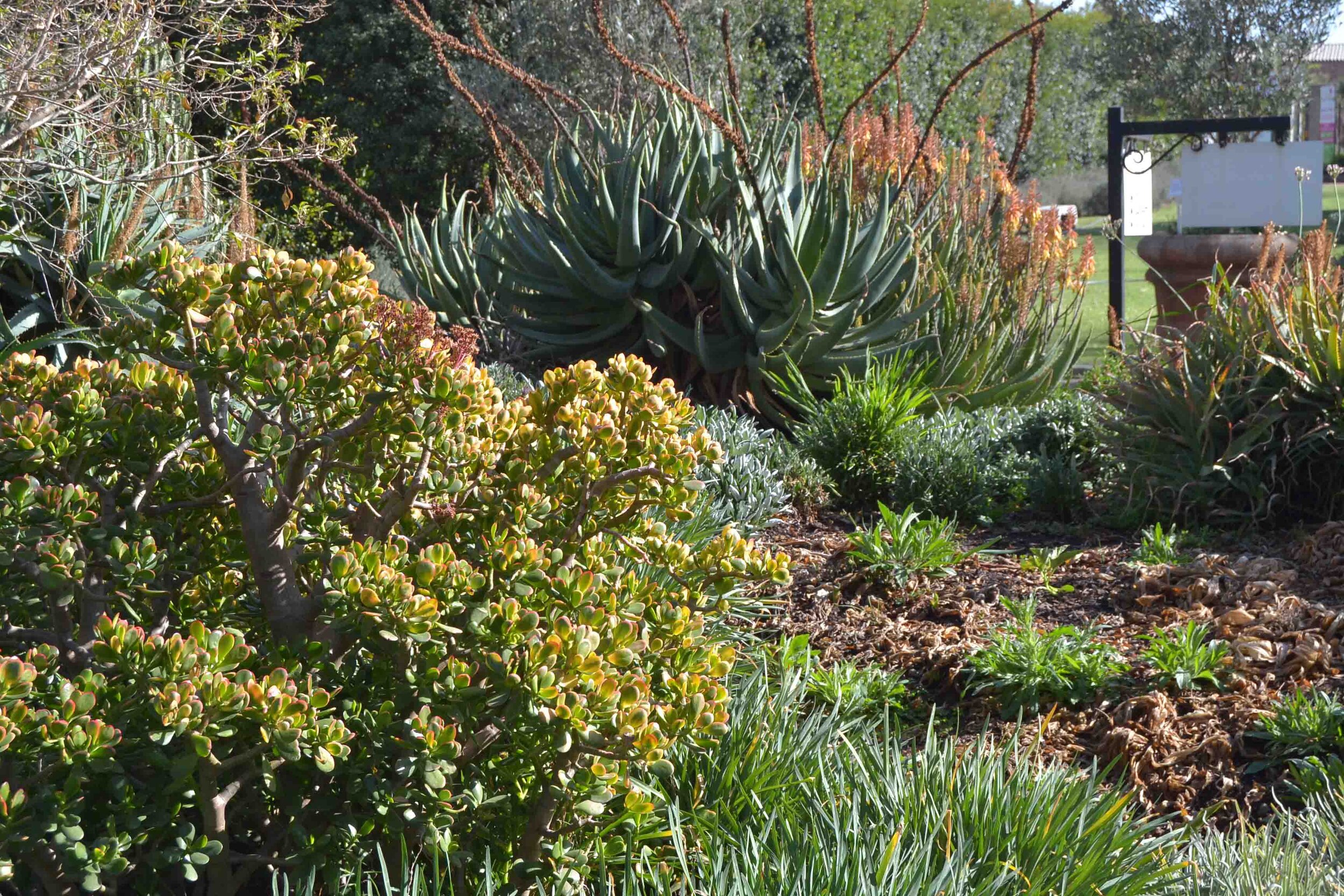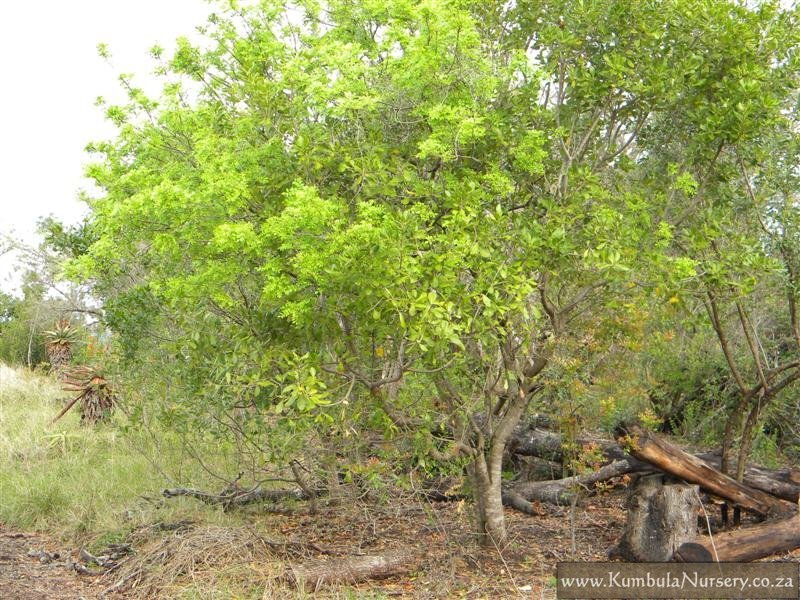This small nursery can be found tucked away in the suburb of Faerie Glen, Pretoria. It specializes in succulent plants and claims to be one of the first nurseries in the country to make the rare Pachypodium namaquanum (the so-called Halfmens) more readily available. Other rare plants that they can supply include the Spiral Aloe from Lesotho, Aloe polyphylla, many Madagascan Pachypodium species, and Madagascan and Arabian Aloe species.
I visited the nursery a few weeks back on a Sunday afternoon after following them on Instagram. I wanted to buy a specific plant - Haemanthus humilis spp. hirsutus - but it was unfortunately unavailable. (note to self - call ahead to book plants you want to specifically buy)
I enjoyed visiting and exploring the garden which is filled with succulents and a wide range of indigenous plants, including species of Eucomis, Haemanthus, Hypoxis, Ledebouria, Scilla and Scadoxus. The gardens have great potential to be a beautiful destination where one can sit and enjoy the surrounding plants and birdlife.
I am sure that the best time to visit is in the winter months when most of the aloe species and are in flower, I’ll definitely come back to see them!
Address: 309 Cliffendale Drive, Faerie Glen
Some text taken from Website: https://www.gariepplants.com/
Instagram: @gariepplants

